Sunscreen active ingredient percentages: How much do they matter?
How much do sunscreen active ingredients' percentages matter? And does anyone even validate companies' SPF claims?
Have you ever thought about how sunscreen SPF claims are validated? Is there some central agency in the U.S. that’s responsible for verifying sunscreen labels' claims, and testing that they truly are broad spectrum? I’m really not sure.
So when I was searching for info on Australian Gold sunscreen the other day on r/SkincareAddiction, I saw several Redditors discussing something in this thread: the low percentage of active ingredients (4% each of Titanium Dioxide and Zinc Oxide) in this product.
Because I like this sunscreen so much, my immediate reflex was to dismiss this as a silly idea. The SPF number on the front of the package is more important than the active ingredient percentage, right? Someone must be validating these SPF numbers, right? Otherwise, wouldn’t everyone just inflate their SPF numbers?
But really, I was just in denial. You see, I didn’t want to have to think about yet another thing when shopping for sunscreen.
As a layman, I usually look for sunscreen that is:
- at least SPF 15 (preferably 30+)
- broad spectrum, meaning that it blocks both UVA and UVB rays
- Not over SPF >50 doesn’t live up to the claim, so it’s not worth the money. You need to reapply anyway.
- water resistant, if possible
- physical/mineral so it’s less irritating/doesn’t sting (active ingredients: titanium dioxide and/or zinc oxide, usually a combo of both)
- non-comedogenic
But I never before considered the percentages of these active ingredients. I did some research on the topic, and by “research”, I mean that I frantically Googled things like, “spf claims lab test”, “how to check spf claims”, “spf sunscreen test results”, “independent lab sunscreen spf effectiveness”…but I only came back with a few findings.
So the FDA has published this Industry Guidance for nonprescription sunscreen drug products. That’s good, right? Well, keep reading.
SPF claims! What are they good for? Absolutely nothing?
In 2016, Consumer Reports conducted a study that found that almost half of sunscreens (and almost 75% of natural sunscreens) did not pass tests that verified the SPF claims on their labels. Yikes.
It also found that 80 percent of the chemical sunscreens they tested with an SPF claim of 40–100 were found to deliver at least SPF 30, while only 20 percent of mineral sunscreens held true to that claim.
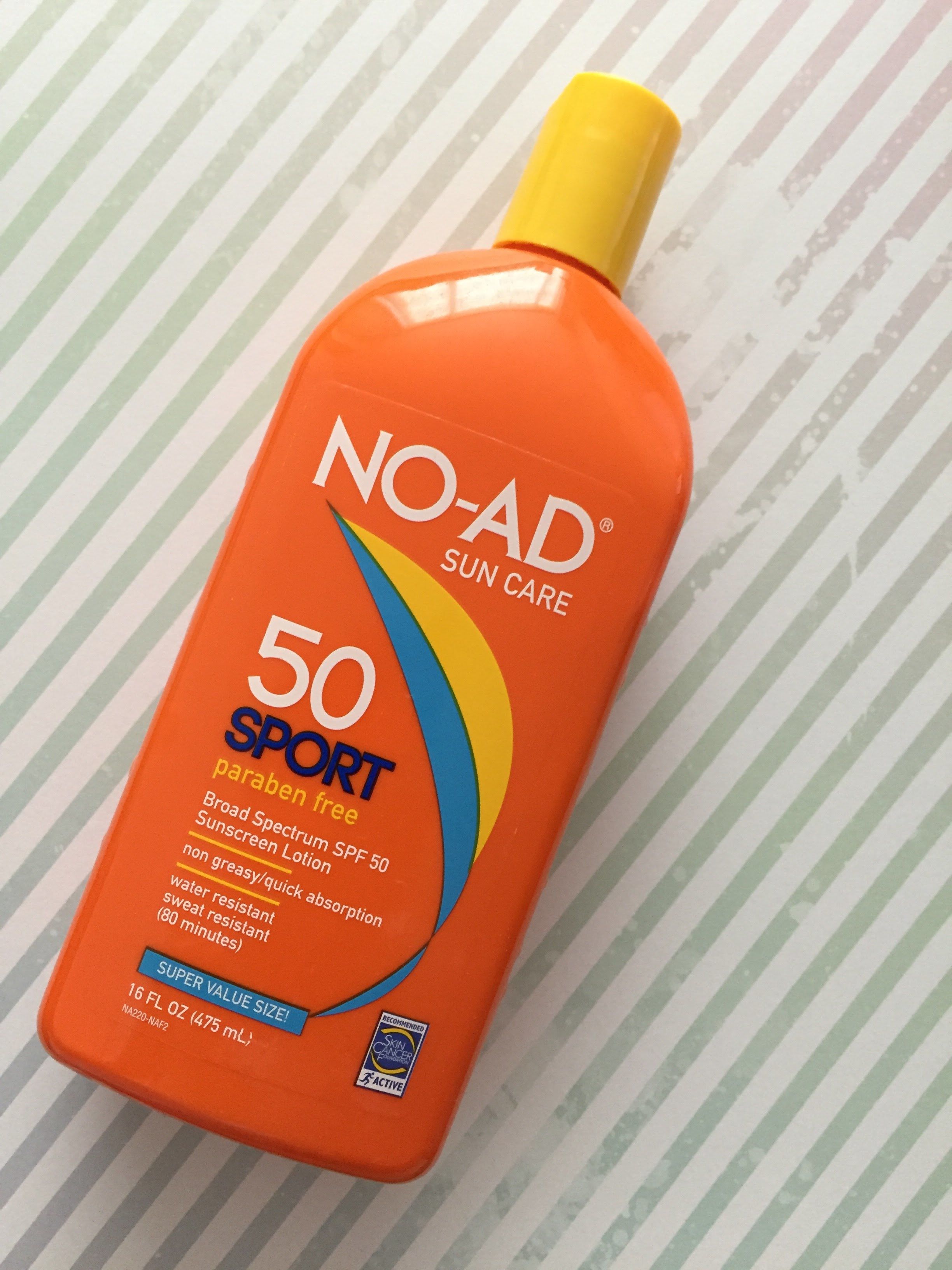
The study concluded that in order to help ensure that you’re getting a sunscreen that delivered true SPF 30 protection, it may be safer to buy a sunscreen with an SPF that’s higher than 30. Read more about the study here.
Is there anything we should be looking for?
The Skin Cancer Foundation has something called a Seal of Recommendation that it gives to select sunscreens. According to the website, in order to gain a Seal of Recommendation, the manufacturer must give proof (scientific data) that its product can successfully block ultraviolet radiation.
It doesn’t provide much data about how the committee validates the claims in the scientific data that manufacturers provide. However, it can’t hurt for a product to have this Seal of Recommendation, right?
You can visit the site to see if your favorite sunscreen earned the Seal of Recommendation. Search by brand here. I was sad to see that my latest favorite, Australian Gold, wasn’t listed there, but that might not mean anything (I hope). The other sunscreens I’ve used in the past, including Olay Sensitive Skin Moisturizer SPF 15 and NO-AD Sport Sunscreen SPF 50 were both listed as recommended products.
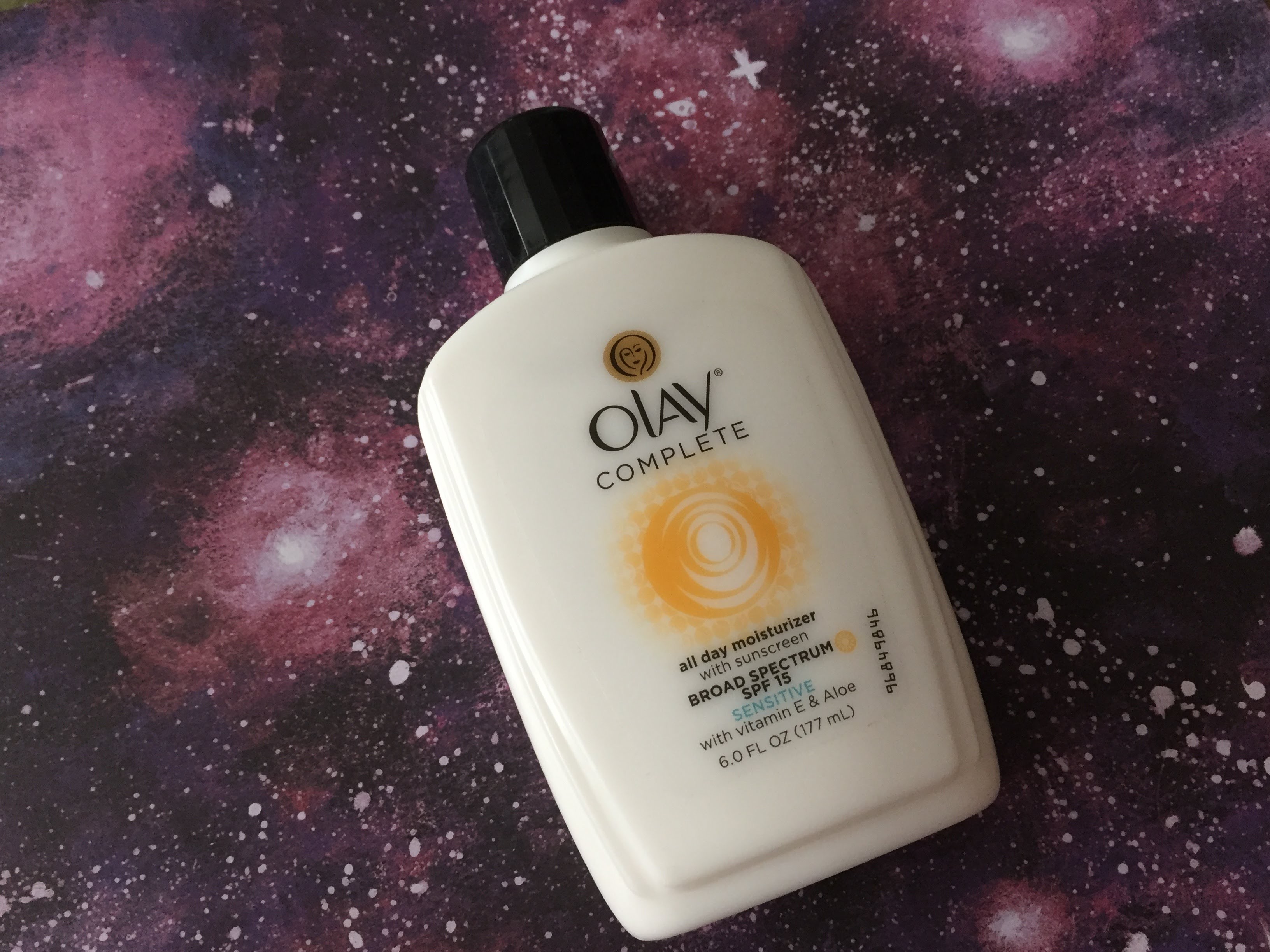
Anyway, back to the percentage of active ingredients…is this yet another thing we have to watch out for when we look at the label? The path for me goes: look for the words SPF 30+ -> look for “broad spectrum” -> look for physical sunscreen ingredients ->look for the words non-comedogenic. Now I have to add yet another layer to my search?…Active ingredient percentage?
Yeah, maybe. Let’s see what my Dad the Chemist thinks.
My Dad the Chemist’s take on active ingredient percentages
My message to My Dad the Chemist
My Dad the Chemist’s response
Love,
Dad
So his response made me feel slightly better about things, but not by much. And I think he meant to say Coppertone, not Coopertone. :)
My head is swimming when it comes to sunscreen options. So many choices, so many claims…and so little scientific data to back those claims up.
Here are my main takeaways:
- It is theoretically possible to achieve the same SPF with a lower percentage of active ingredients. However, we can’t say for sure without actually testing the formula. Therefore, don’t discount an SPF claim right away just because the active ingredient percentage looks low. If it’s a brand you trust (so maybe don’t spring for a hippie natural brand if you’re going to be out in the sun for a long time), then it might be ok to buy something even if it has a low active ingredient percentage.
- When you see two products with the same SPF claim on the label, go with the one that has a higher percentage of the same active ingredients, or go with the more well-known brand. The FDA publishes guidance that requires manufacturers to test their products to demonstrate that they provide protection against UV radiation. However, they do not ask an independent third-party lab to verify these claims, so there’s no way to tell if a company is using a reputable lab to test its product. Therefore, going with a bigger name brand may be safer (although Consumer Reports found that even a big brand like Banana Boat delivered only SPF 8 when the label said SPF 50). Yikes.
Related reading
Check out my full review of Australian Gold Tinted Face Sunscreen here and learn about the best sunscreens in Sephora’s Sun Safety Kit 2018. Or check out all of my sunscreen reviews here.
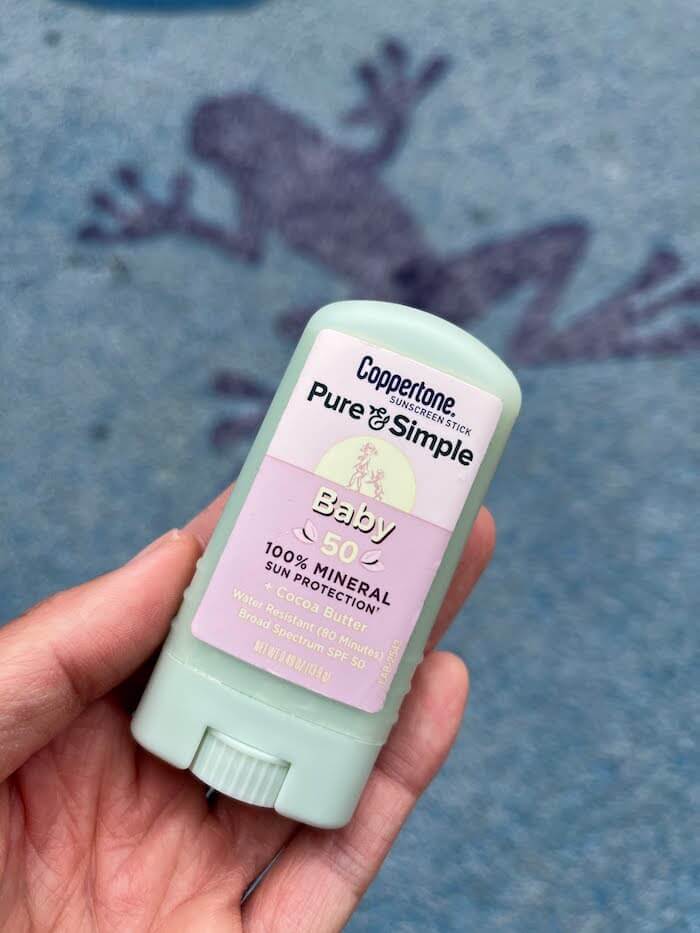
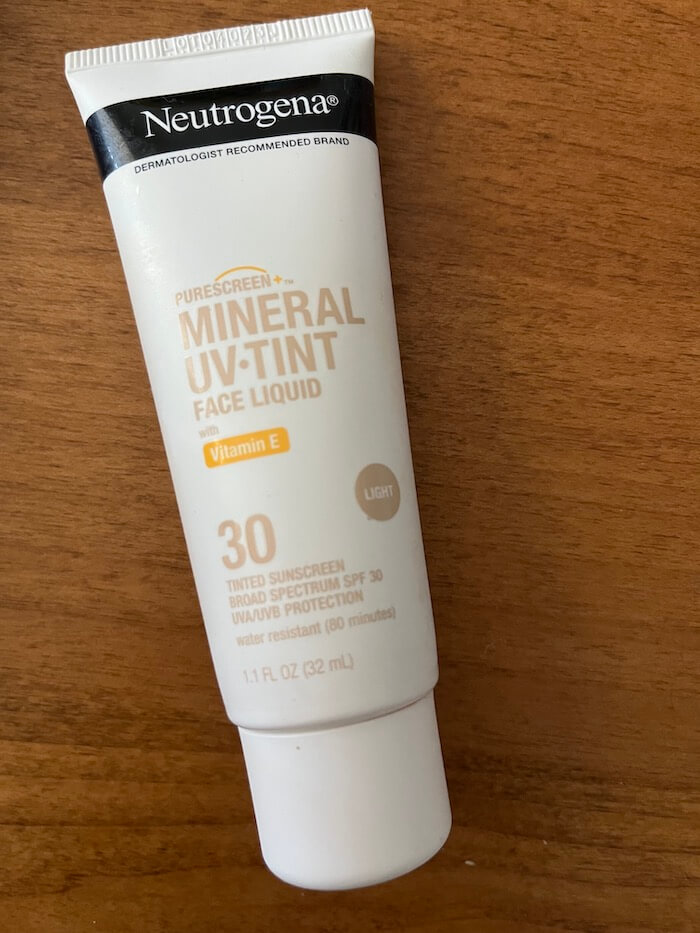
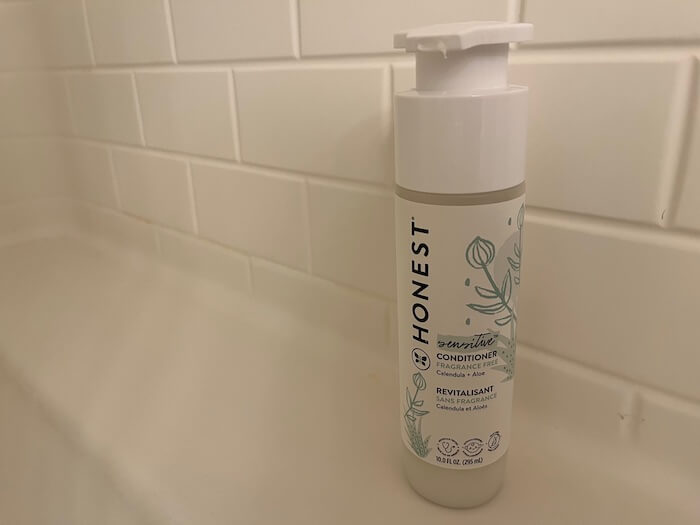

Share this post
RSS
Facebook
Reddit
Email